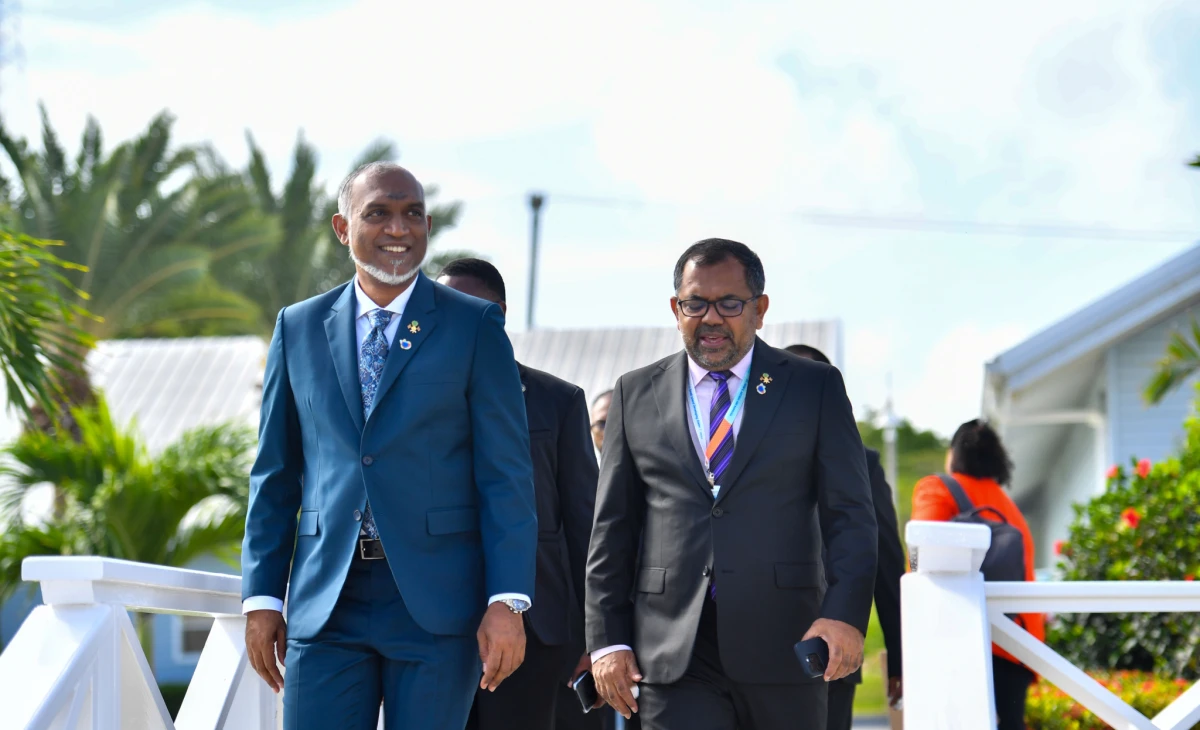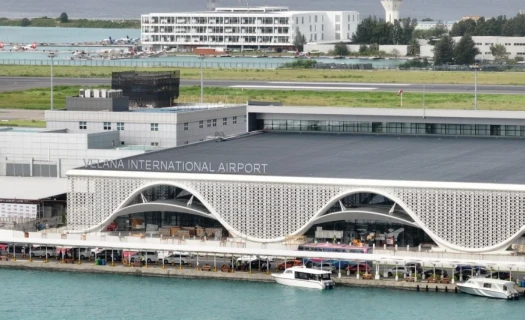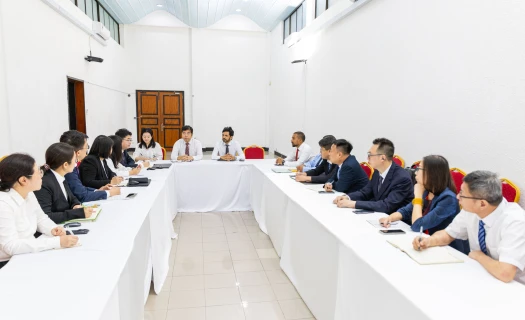Tue, 23 Dec 2025
|DHIVEHI
Dollar availability in banking system boosted by Government policies
09 Aug 2025
|

President Dr Mohamed Muizzu and Finance Minister Moosa Zameer --- Photo: President's Office
The Covid-19 pandemic slowed the Maldives’ tourism sector and placed considerable pressure on the Maldivian rufiyaa’s foreign exchange rate. Although the tourism industry began to recover in 2021, with foreign exchange earnings rising year-on-year, reserves did not strengthen as expected and challenges for the rufiyaa remained.
Upon assuming office, the current Administration faced concerns from financial analysts regarding the country’s ability to meet its debt obligations, owing to a shortage of US dollars. The Government’s immediate priority was to restore economic stability and reinforce its financial standing.
As part of these measures, the Government introduced legislative and regulatory changes to ensure the availability of funds for the public’s essential needs. One significant initiative was to increase the amount of foreign exchange sold to businesses and individuals through banks under the Maldives Monetary Authority’s (MMA) intervention policy. This resulted in a 23 per cent increase in foreign currency sales to banks for business and personal use in the first seven months of 2025 compared with the same period in 2024.
Measures were also taken to enhance support for medical travel. Under the Aasandha scheme, patients travelling abroad now receive USD 2,000 through banks, while individuals purchasing medicine abroad at their own expense are eligible for USD 1,000. From this month, patients receiving assistance from NSPA also receive USD 2,000 via banks, further broadening access to essential medical services.
In parallel, the MMA acted to ease foreign exchange liquidity constraints within the banking sector. The minimum reserve requirement for foreign currency was reduced twice over the past year, from 10 per cent to 7.5 per cent on 24 October 2024, and subsequently from 7.5 per cent to 5 per cent in 2025. These adjustments enabled banks to access an additional USD 45 million for foreign currency lending.
The scope of support for Maldivian students studying overseas was also expanded. The monthly limit on local rufiyaa debit cards for students was raised from USD 700 to USD 1,200. In addition, banks began facilitating rent and tuition fee payments directly in US dollars via telegraphic transfer, while the Bank of Maldives increased its dollar assistance to students.
Additional measures included raising public transaction limits in rufiyaa accounts from USD 250 to USD 500. Dollar allocations for small and medium enterprises via telegraphic transfers also increased to 30 per cent, with an objective to raise this to 50 per cent in the future.
These policy changes were supported by a significant increase in foreign currency expenditure for debt servicing. In the previous year, such payments rose by 60 per cent compared with the year before, with USD 212.6 million spent by the end of July 2020 on meeting external debt obligations.
Furthermore, the foreign currency law was strengthened to require businesses earning in foreign currency to deposit a defined portion of their income with banks to help maintain reserves. Tax regulations were also revised to ensure that individuals and businesses earning in foreign currency pay their taxes in the same currency.


Popular News







